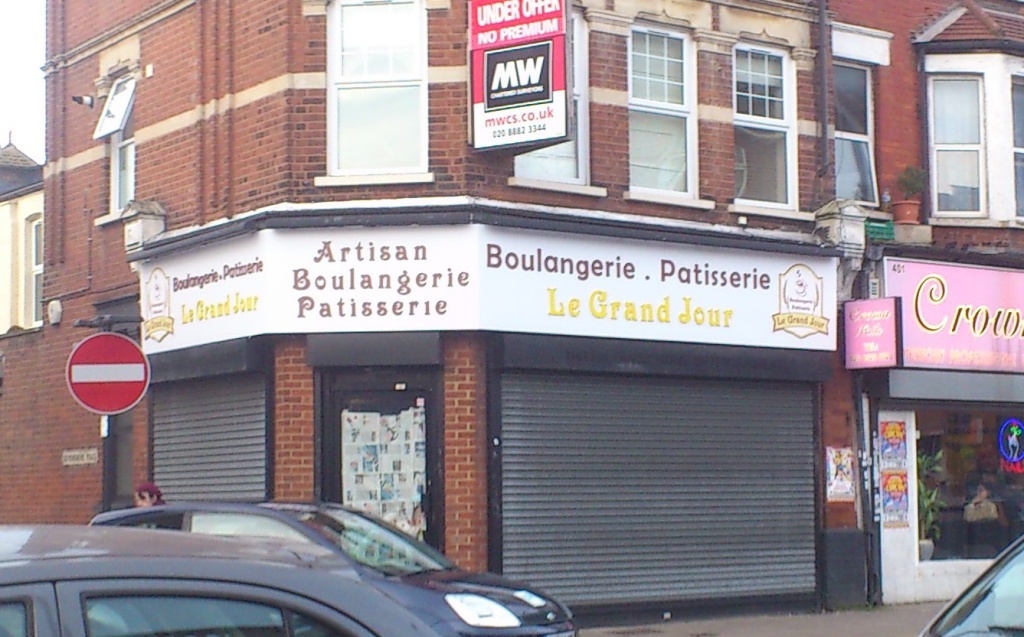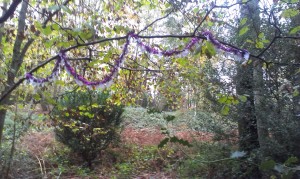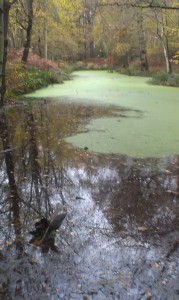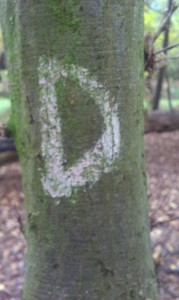At the beginning of October we once again celebrated National Poetry Day. Now, as we know, the Palmers Green and Southgate area is a veritable wonderland of literature, with our notables including Stevie Smith, V S Pritchett, Leigh Hunt, Thomas Hood and Paul Scott to mention but a few.
But there are very few poems about the area. At least that is what Theodore Royle may have thought, when he stepped into the breach in the early 1900s with his remarkable Rambles in Rhymeland.
Little is known of Royle, except that he was born in High Holborn in 1840 and by 1901 was living with his wife Fanny at the Rowans in the southern part of the borough, roughly New Southgate – his parish was the then largely rural St Michael at Bowes. His trade was as a printer and engraver and therein might lay a clue to how he came to have the wherewithal to publish Rambles, seemingly his only book, printed for private circulation.
Royle made no great claims for its literary merit. The frontispiece bears the quote from Byron, Royle’s jovial bewhiskered face beaming out next to it:
Tis pleasant to see one’s name in print
a book’s a book, although there’s nothing in’t
I think that we might have liked Royle, had we met him in The Fox or Cock Tavern or out for a walk in rural Palmers Green. Though I think that Royle might have liked Royle a bit too.
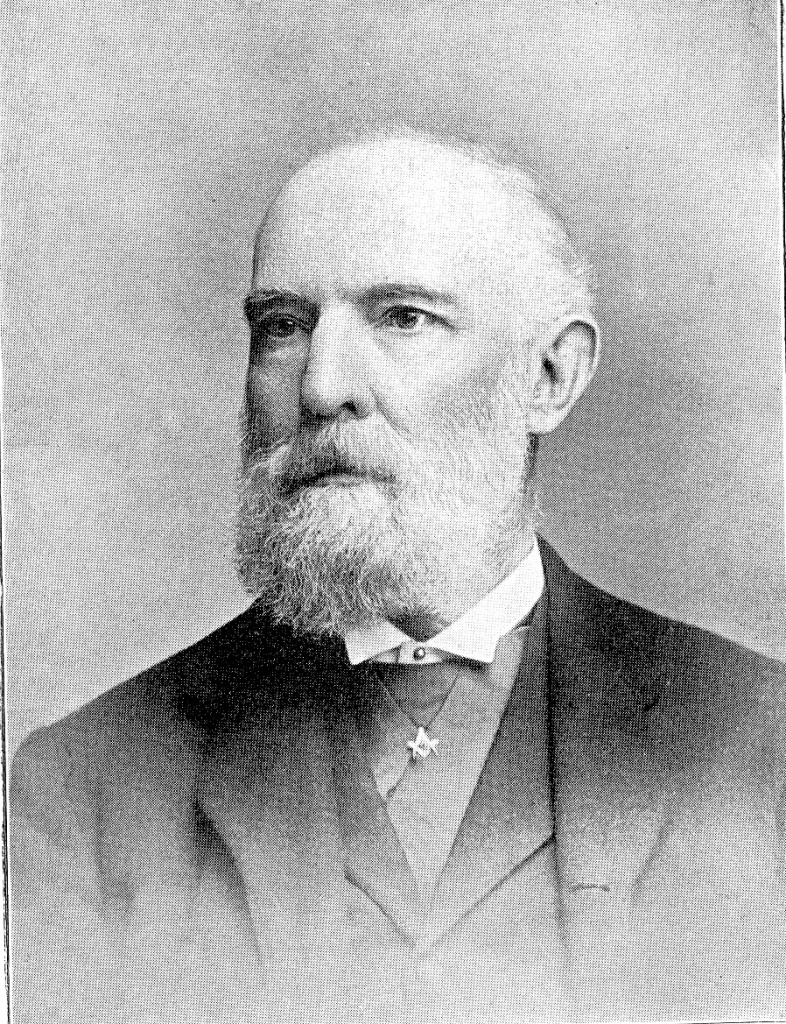
He was certainly nothing if not a sentimental fellow, for several poems tell tales of nature, love and tragic death, often in the traditional I-met-my-true-love-but-then-she-carked-it genre. One can only wonder what Fanny Royle thought of Regrets in which the poet meets his love in the summer, but she is cruelly snatched away, though her memory brings comfort in his dreams. I rather hope that Fanny and not, say, the kitchen maid, inspired the poem The Glorious Summertime, in which he meets his love, apparently covered in foliage –
The birds were singing merrily
In heavens blue vault above,
When in the glorious summer time,
I met my own sweet love;
A wreath of fairest jessamine
She’d twined around her hair,
And on her cheeks the winds rough kiss
Had left some blushes there.
Reader, he marries her.
The inspiration to finally publish may have been due to aspirations political as well as poetic – a good deal of the verse is about the comings and goings in the local administration. On the evidence of Rambles, one wonders why other poets do not decide to plough this obviously rich furrow, for Royle manages 17 pages of verse on the subject of Sir Ralph Littler and the separation of Southgate from Edmonton.
For those who do not know the story, by the 1870s the well to do of Palmers Green and Southgate had become very dissatisfied with the local board’s neglect of the western part of the borough. The final straw had been when Sir Ralph Littler, then resident of Broomfield House, had woken to find the fish in the lake in front of the house dead, the casualties of sewerage from a cracked and ill fitting pipe. He sued the authorities, and efforts were stepped up to separate the borough into two. Of course, the other motivation may have been that rich and well to do Palmers Greeners in their rural idyll didn’t much fancy paying rates for the needs of working class Edmonton, something not entirely disguised in Royle’s doggerel.
Events culminated with a public meeting to vote on the issue of separation in early 1881, coinciding with a great snowstorm, which prevented most of the Edmonton anti separatists from attending. History was, as they say, made, and Southgate Local Board was established. In 1894 Southgate become an Urban District.
In 1882 Royle, delighted with the outcome, apparently got up at a meeting in the village hall in Southgate and sang a ditty, in honour of the good deeds of Sir Ralph Littler and Southgate’s other valiant heroes, sung in swashbuckling terms and packed liberally with in-jokes. The full text is reprinted in the book, and alas, the space I have here cannot do full justice to it, so you are going to have to check it out for yourself.
Enough of that. My favourite poem leaves the travails of Southgate independence behind, and turns to the subject of Royle’s bicycle
My bike! My bike! I gaze on thee now
With quickening breath and a joyous brow…
And who can honestly say they haven’t felt like that?
You can read Theodore Royle’s Rambles in Rhymeland in full at https://archive.org/details/ramblesinrhymela00royl
Picture of T Royle by kind permission of Enfield Local Studies and Archive Team.
(c) Sue Beard 2014. This article first appeared in Palmers Green and Southgate Life.
